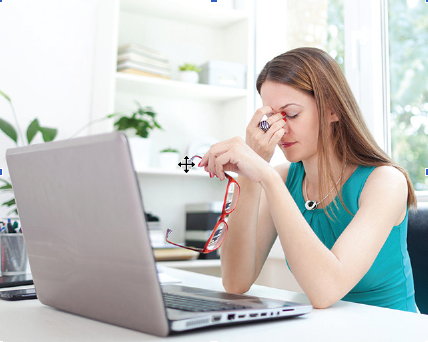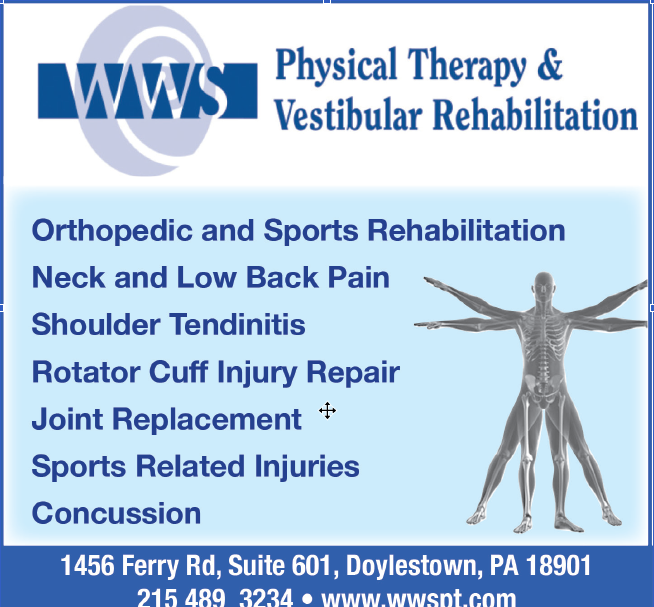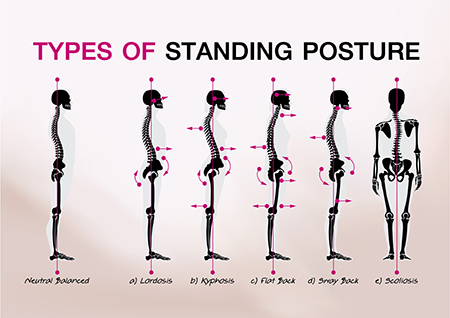How Do You Make Working on the Computer Less Stressful on Your Body?
We are certainly living in the digital age now that many of us are either working from home or attending classes online. With the increased screen time, you may be experiencing more eye strain, fatigue, headaches, and migraines which can make it difficult to focus and complete your work. You may be experiencing more neck, shoulder, and back pain from prolonged sitting in an unfamiliar environment. So what can you do to make sitting and looking at a screen for over 8 hours a day less taxing on your eyes and body? Read on for some suggestions and information about how physical therapy can help.
Staring at the computer for an extended period of time leads to eye strain, headaches, or even migraines. Focusing on and reading small text against a bright screen requires your eyes and brain to work harder. By reducing brightness or increasing the font size, you can successfully reduce some of the strain on your eyes. Many devices have the ability to be connected to bigger monitors or TVs to enlarge the text. You could also try zooming in on the page to magnify it.

If you feel you need additional measures, you could invest in some blue light glasses. The blue tint of the glasses makes the screen less bright and therefore less stressful on your eyes. There is also a free app called f.lux that will add blue and yellow tints on your screen and dim the background depending upon the time of day.
Prolonged sitting in your work-from-home setup can also contribute to increased neck and back pain. Physical therapists are experts in movement and posture. We assess how your body is positioned both at rest and with movement, to identify which muscles may need to be stretched or strengthened to help them work best.
Many people sit at a desk with rounded back and shoulders, and their head protruding forward towards the screen. Being in this position for an entire workday will cause trouble for joints and muscles. Over time, the joints and muscles will start to prefer those poor posture positions. Then, when we have to stand, walk, or do other activities not related to sitting at a computer, there is more stress on muscles and joints which can lead to discomfort or pain in the neck and back. The strain put on the neck can also contribute to headaches. Using a standing desk is an effective way to break up a full day of sitting. When setting up a standing desk, ensure your screen is at eye level and your arms are at a 90-degree angle with your mouse and keyboard.
The environment you are sitting in is an important factor too. If you are in a distracting environment, it may be more difficult to focus, so your eyes and brain are working harder than they should be. Find a quiet place in your house to work or consider noise-canceling headphones to eliminate distractions. Avoid sitting by the window to avoid potential glare on the screen as well.
Taking breaks during the day is also important to help relieve the stress on your eyes and the work on your brain. Generally speaking, you should not be sitting for more than 20 to 30 minutes at a time. There is the 20- 20-20 rule: after 20 minutes of looking at the screen, take a 20-second break looking 20 feet away in front of you.
All these adjustments are particularly important for people recovering from a concussion or those who are prone to migraines. When a brain injury occurs, it can affect the ability of your eyes and brain to coordinate during certain tasks like reading, focusing, and scrolling. Migraines can be triggered by brightness, scrolling, and poor posture. Many people have found that more screen time has led to an increase in the frequency and intensity of their migraines.
In addition to the suggestions mentioned above, people with a history of concussion and/or migraines may need some exercises to improve eye and brain coordination. Physical therapists who specialize in Vestibular Rehabilitation can assess any deficits in your eye/brain efficiency and prescribe exercises to promote improved tolerance to computer work.
Physical therapists can also address the ergonomics of your work environment as well as your posture to minimize pain and headaches. We will give you exercises to help counteract the effects of prolonged sitting and optimize muscle strength and flexibility. We may also use hands-on techniques to help relieve pain more quickly.

At WWS Physical Therapy, we are experts in identifying orthopedic, concussion, and vestibular deficits. We will provide education and personalized exercises on how to improve your quality of life. Do not wait any longer. Contact us if you need help!
Dr. Amanda Nguyen, PT, DPT,
WWS Physical Therapy and Vestibular Rehabilitation
Doylestown, PA.,


